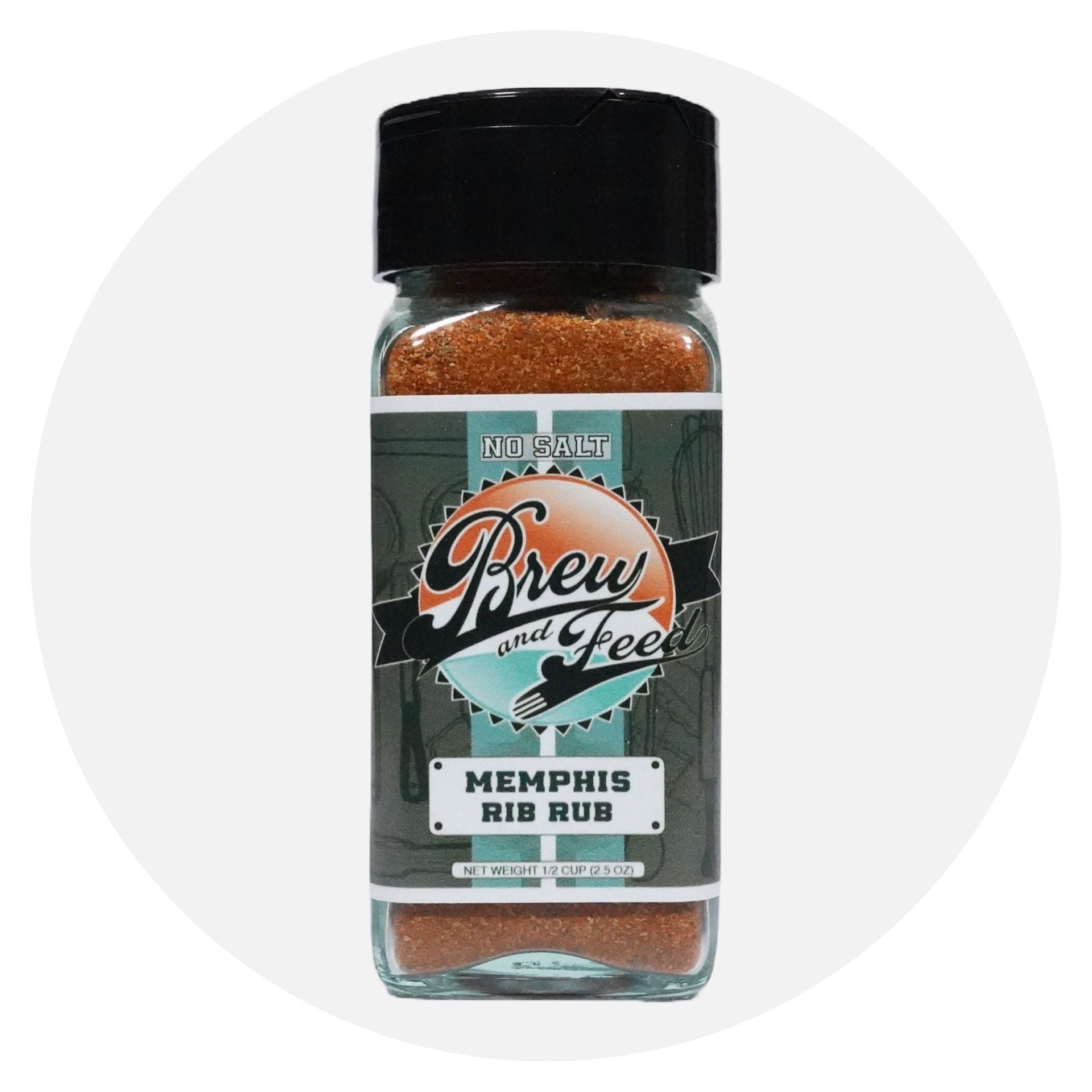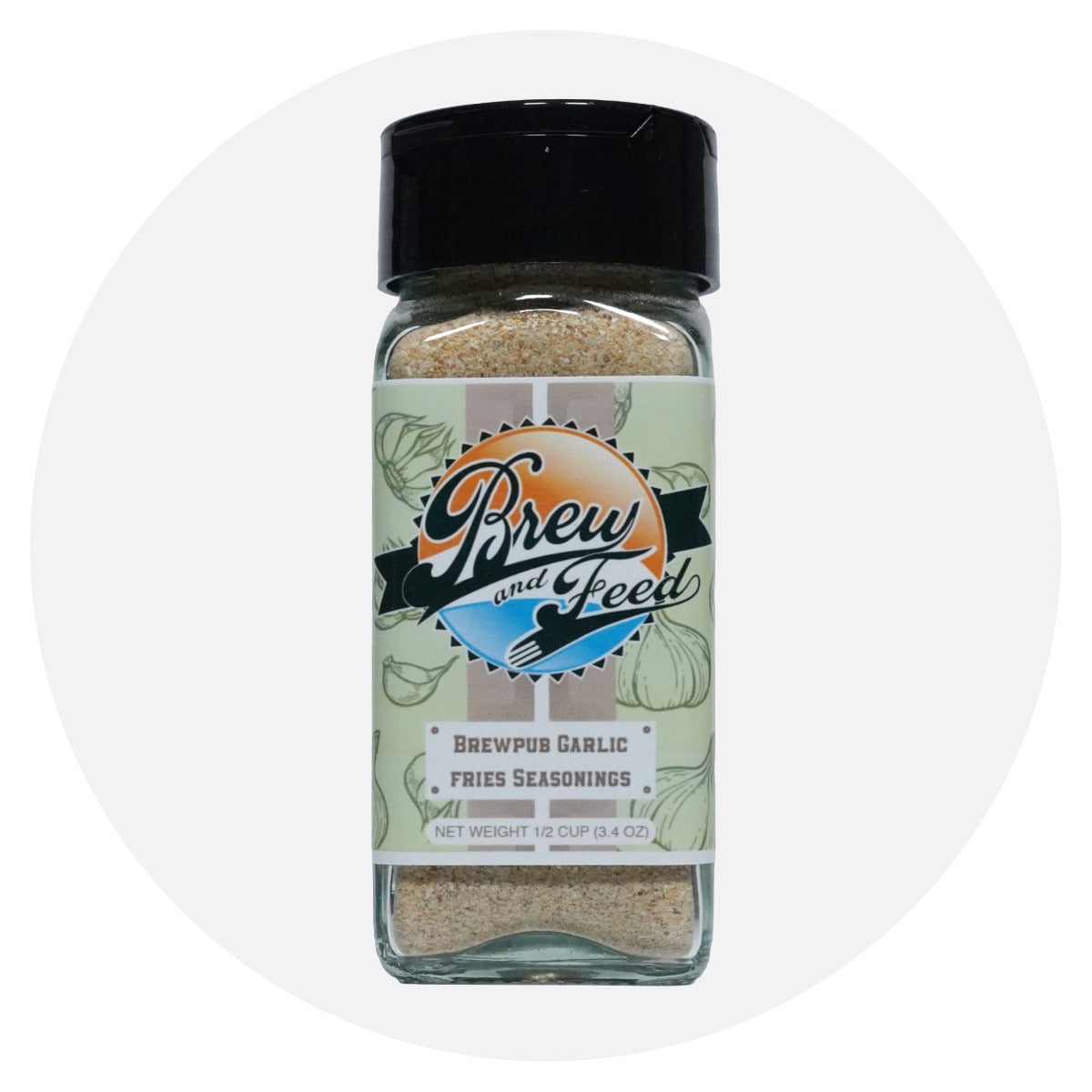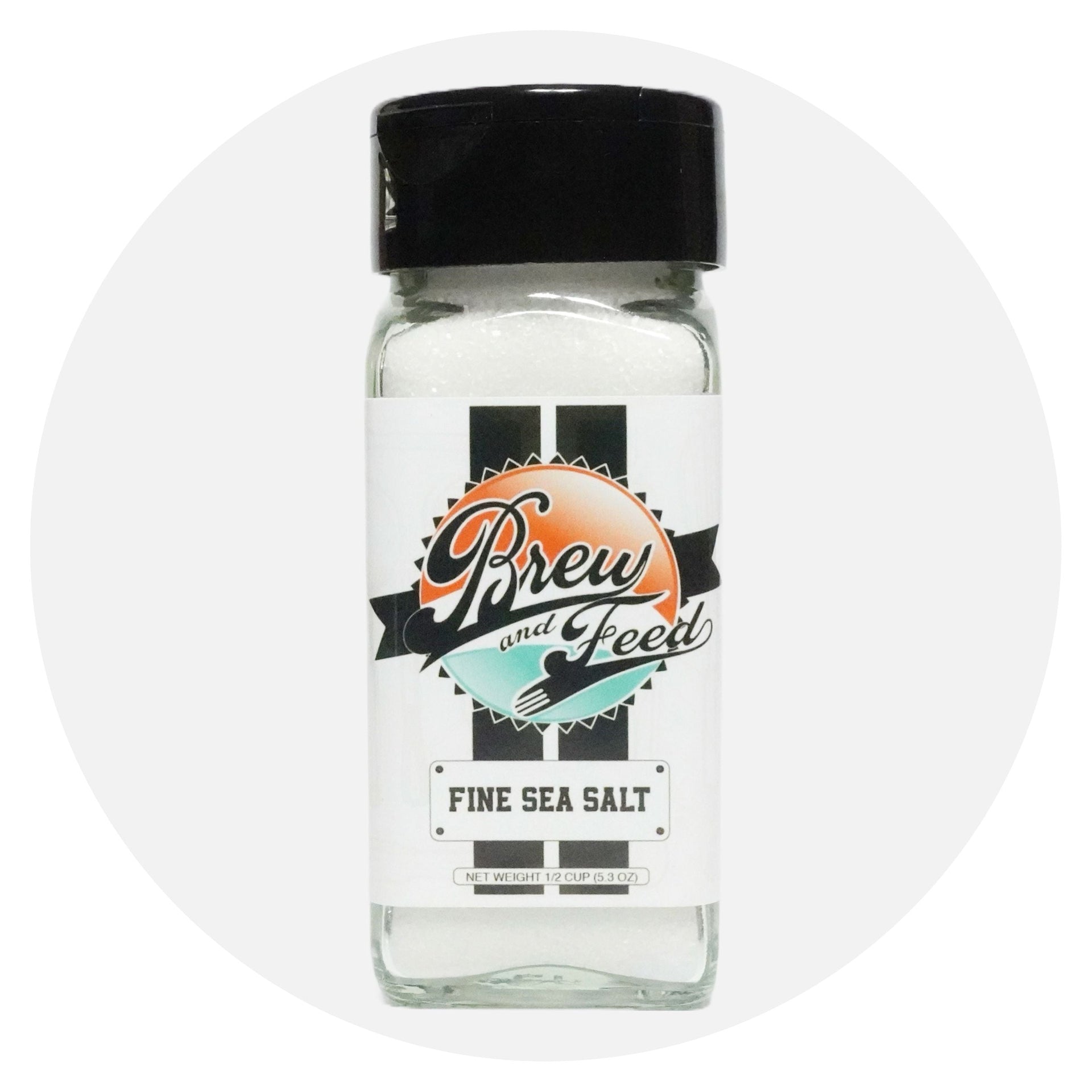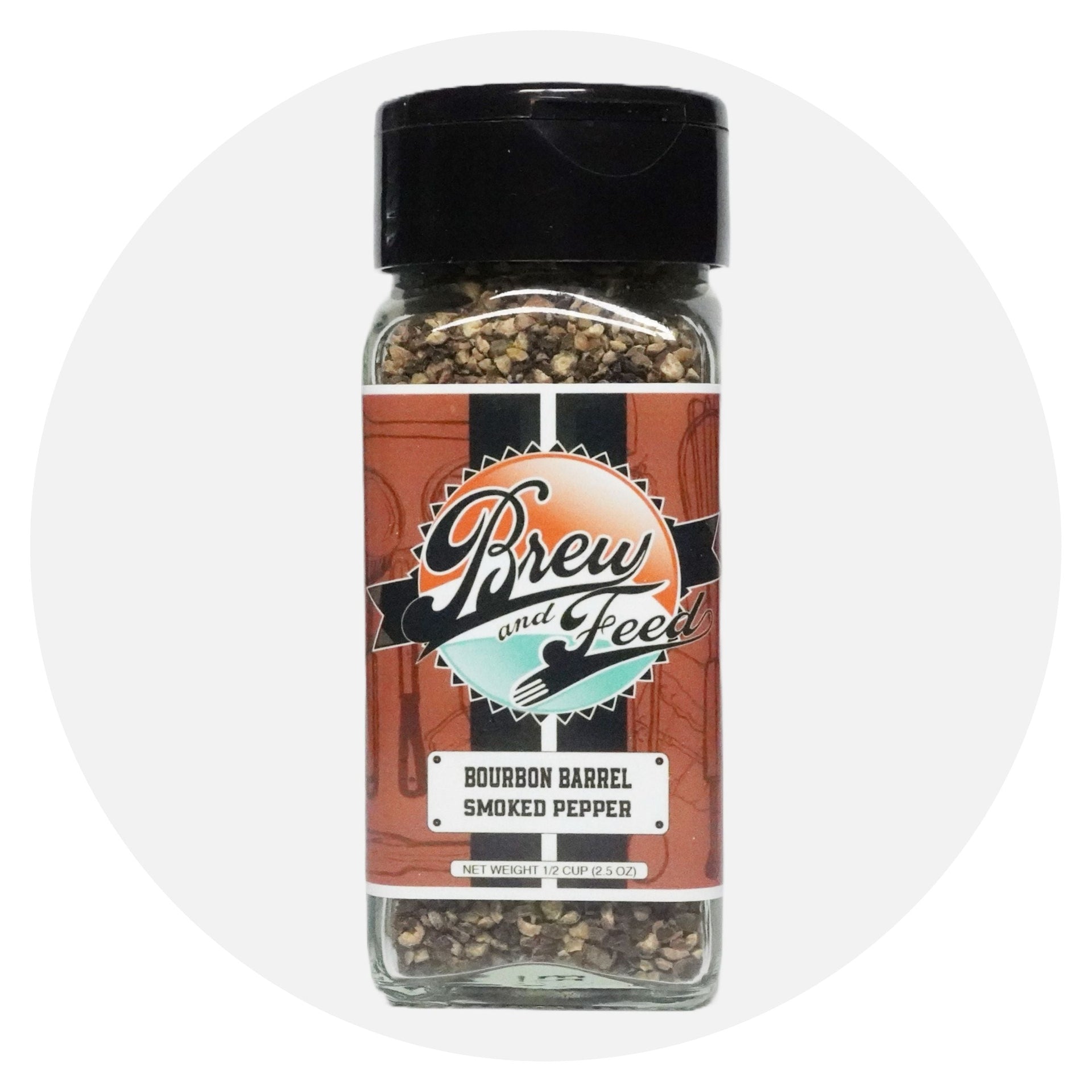
The Science of Spice: Understanding Flavor Profiles and Pairings
Spices have been a cornerstone of culinary exploration since ancient times, elevating dishes with their unique flavors, aromas, and colors. But the art of spice goes beyond just sprinkling them into your favorite recipes. To truly master the culinary craft, one must delve into the science of spice, understanding the intricate flavor profiles and the delicate dance of pairings that can transform a meal from ordinary to extraordinary.
The Chemistry of Flavor
At the heart of the science of spice lies the chemistry of flavor. The compounds within spices interact with our taste buds, olfactory receptors, and even trigger physical responses, creating a symphony of sensations. For example, capsaicin in chili peppers stimulates pain receptors, creating the sensation of heat, while cinnamaldehyde in cinnamon provides a sweet and warm flavor.
Flavor Profiles
Spices can be categorized into different flavor profiles, each contributing a distinct note to a dish. Understanding these profiles is crucial for achieving balance and depth in your cooking. Here are some common flavor profiles:
1. Sweet: Think cinnamon, nutmeg, and cardamom. These spices add warmth and sweetness to both savory and sweet dishes.
2. Savory/Umami: Spices like thyme, rosemary, and sage contribute a savory depth, enhancing the overall flavor of a dish.
3. Spicy/Heat: Chili peppers, black pepper, and paprika add a kick to your recipes. The level of heat can vary widely, so it's important to choose spices that align with your desired intensity.
4. Citrusy: Spices such as coriander and lemongrass bring a zesty, citrusy brightness to dishes, cutting through richness and adding a refreshing element.
5. Earthy: Cumin, turmeric, and coriander provide an earthy, grounding flavor that pairs well with a variety of ingredients.
The Art of Pairing
The magic happens when you combine spices thoughtfully, creating a harmonious blend that enhances the overall flavor of a dish. Consider these pairing tips:
1. Contrast and Complement: Pair spices that either contrast or complement each other. For example, the sweetness of cinnamon can complement the heat of chili peppers or contrast with the earthiness of cumin.
2. Regional Pairings: Explore traditional spice combinations from different cuisines. Indian cuisine, for instance, often combines cumin, coriander, and turmeric for a rich and flavorful base.
3. Experiment with Texture: Consider the texture of the spices. Whole spices, when toasted and ground, can provide a different dimension compared to pre-ground spices. Experimenting with different textures can add complexity to your dishes.
Practical Applications
To apply the science of spice in your kitchen, start with small experiments. Create spice blends for specific cuisines or dishes, noting how each component contributes to the overall taste. Try incorporating unexpected spices into familiar recipes to discover new flavor dimensions.




